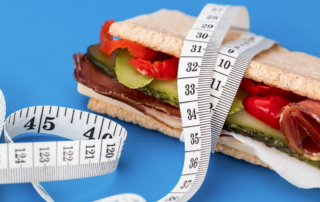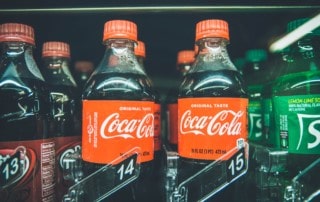Relatively Tempting: Calorie Difference, Self-Control and Food Choices
Obesity has become a health crisis in many countries. Some governments have begun to mandate the display of calorie information on fast-food menus. However, research has offered mixed results regarding the effect of calorie information on consumed calories. This may be partly explained by two opposing forces: the calorie content of food alternatives and the relative calorie distance between food items. New research reported here suggests that the impact of calorie information depends on the relative magnitudes of these two variables.




